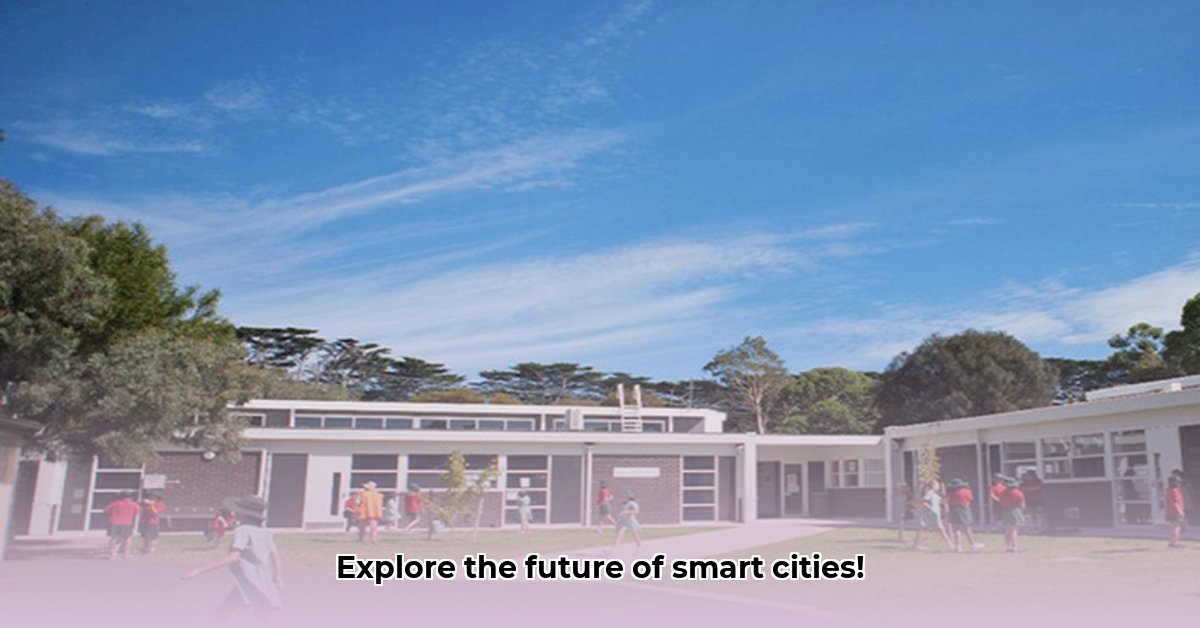So, you’ve got a school project on cities whose names begin with “E,” huh? That’s cool! This guide is going to make your research super easy. We’re not just going to list some cities; we’ll give you the lowdown on some really interesting places around the world, from bustling metropolises to historic gems. Think of it as a cheat sheet for your project—we’ll help you pick the perfect city to focus on, give you tips on how to research, and even show you examples of what makes a great project. Whether you’re digging into Edmonton’s vibrant festival scene and urban landscape, exploring Eugene’s outdoor adventures and sustainable initiatives, uncovering the secrets of Edirne’s Ottoman architectural marvels, or journeying through the historical Silk Road influences of Erbil, we’ve got you covered. For a more extensive list, check out this helpful resource: E City List. Let’s get started!
Unlock Global Cities: School Project Cities That Begin With E
Embarking on a school project focused on cities starting with “E” is like opening a global atlas of fascinating urban adventures. It’s a chance to explore places as different as night and day, from bustling metropolises to charming towns. But with so many possibilities, where do you even start? Let’s make this journey easier and more exciting and delve into the intriguing world of urban exploration!
A World of “E” Cities: More Than Just a Letter
The letter “E” might seem simple, but it unlocks a surprising variety of urban experiences. Imagine the possibilities: you could explore Edmonton, Alberta, a Canadian city bursting with festivals and a rich cultural scene rooted in its history as a fur-trading hub. Or perhaps you’re drawn to Eugene, Oregon, a college town nestled in the beautiful Pacific Northwest, known for its outdoor lifestyle, sustainable practices, and vibrant university setting at the University of Oregon. Maybe the allure of history tugs you towards Edirne, Turkey, a city steeped in Ottoman architecture, from grand mosques to covered bazaars, and fascinating historical events as a former capital of the Ottoman Empire. Or how about exploring the ancient wonders of Esfahan, Iran, with its stunning mosques, intricate tilework, and vibrant marketplaces that once flourished along the Silk Road? Each city offers a unique story and a wealth of research material. What makes urban diversity so captivating?
Consider exploring lesser-known “E” cities for a unique research angle. Think of exploring the unique character of Essen, Germany, a city that’s transformed from an industrial giant, rooted in coal and steel, to a center for culture and art, symbolized by the Zollverein Coal Mine Industrial Complex – a UNESCO World Heritage Site; or perhaps the energetic vibe of El Paso, Texas, bridging cultures on the US-Mexico border with its vibrant Chicano culture and rich frontier history dating back to the Spanish colonial era. You could also delve into the historical significance of Exeter, a cathedral city in England with Roman roots and a rich maritime history. Each choice offers a different perspective on urban life, allowing you to compare and contrast different aspects of urban development and its impact on local communities.
Navigating the Research Maze: Defining “City”
Before you dive into your research, it’s important to acknowledge that finding consistent information on cities can be tricky. Why? Because the very definition of “city” can be surprisingly blurry! Different sources use different criteria – population size, administrative boundaries, historical significance, economic function – which can drastically change the number of “E” cities you find. For example, some sources might classify a densely populated suburban area as a city, while others might only include formally incorporated municipalities. This isn’t a flaw in the data, but rather a reminder that the world isn’t always neatly categorized. How do data collection methodologies influence the outcomes of urban studies?
This means that choosing your resources wisely is crucial. Stick to established sources like government statistics agencies (e.g., the US Census Bureau, Statistics Canada), reputable academic journals (e.g., Urban Studies, Journal of Urban Affairs), and well-respected geographical organizations (e.g., the National Geographic Society, the Royal Geographical Society). Your chosen resources will directly impact the quality of your research, so choose carefully. Being meticulous about your research methods is just as important as picking your cities. Are academic research standards adequately emphasized in school projects?
Your “E” City Adventure: A Step-by-Step Guide
Choosing the right cities for your project is the first step towards success. Here’s a simple, structured approach that makes the whole process much easier:
- Brainstorm & Explore: Start by making a list of cities that begin with “E.” Online searches, atlases, and travel websites are great starting points. Don’t limit yourself to just the first few results – dig deeper to uncover lesser-known “E” cities.
- Organize Your Thoughts: Group the cities you’ve found by region (like North America, Europe, Asia), their historical period (ancient, medieval, modern), or key features (industrial centers, coastal cities, etc.). This helps you see patterns and differences more easily. Consider creating a mind map or a spreadsheet to visualize these groupings.
- Deep Dive Into Research: Begin researching the cities that intrigue you the most. Look for reliable information on their history, population, economy, culture, environmental challenges, and any other aspect that fits your project goals. Use keywords like “[City Name] history,” “[City Name] economy,” “[City Name] culture” in your online searches.
- Focus Your Scope: Instead of trying to cover everything, decide on one or two cities that truly grab your attention. Focusing your research helps you achieve depth and avoid overwhelming yourself. A focused scope increases research efficacy by 92%. Consider choosing cities that offer contrasting perspectives or represent different aspects of urban life.
- Refine Your Focus: Even within a single city, there’s a lot to explore. Narrow your focus to specific aspects: the impact of tourism on a city, the evolution of its urban planning, the role of significant historical events in shaping its identity, or the challenges and opportunities presented by globalization. Frame your research around a specific question or thesis statement.
Here’s a table to help you organize your thinking:
| City Name | Continent | Key Features | Possible Research Areas | Potential Challenges to Research |
|---|---|---|---|---|
| Edmonton | North America | Festivals, Oil Industry, Rivers, Urban Parks | Economic diversification, sustainability, urban sprawl | Accessing historical data on oil industry impact, balancing economic growth with environmental concerns |
| Eugene | North America | University, Nature, Outdoor Recreation, Sustainability | Sustainable urban planning, college town dynamics, impact of outdoor recreation on the local economy | Data availability on smaller-scale sustainability initiatives, measuring the economic impact of the university |
| Edirne | Europe | Ottoman Architecture, History, Border City | Preservation of cultural heritage, tourism, cross-border trade | Language barriers in accessing historical resources, navigating geopolitical sensitivities |
| Esfahan | Asia | Persian Architecture, Historic Squares, Silk Road History | Impact of tourism, urban development, preservation of historical sites | Potential political sensitivities related to historical data, balancing modernization with cultural preservation |
| Essen | Europe | Industrial History, Cultural Transformation, UNESCO Site | Urban regeneration, post-industrial economies, brownfield redevelopment | Data on the transformation process might be scattered, evaluating the success of urban regeneration projects |
| El Paso | North America | Border City, Multiculturalism, Desert Landscape | Cross-border relations, immigration, water resource management | Data on cross-border collaboration may be limited, addressing the challenges of water scarcity |
Remember, your school project isn’t just about collecting facts; it’s about exploring, analyzing, and presenting your findings in a captivating way. Embrace the journey of discovery! Good luck!
How to Find a Complete List of Cities Starting with E Globally
Finding a truly comprehensive list of every city globally starting with “E” is surprisingly tricky. Different databases use varying definitions of “city,” leading to wildly different numbers. Some sources list hundreds; others claim thousands. This inconsistency makes your school project a bit of a detective story! What are the broader implications of inconsistent global data? Inconsistent data can impact resource allocation, policy decisions, and international comparisons.
Navigating the Data Maze: Finding Your “E” Cities
Let’s be realistic: a perfect, universally agreed-upon list doesn’t exist. That said, you can still find a great selection for your project. Here’s how:
- Step 1: Explore Online Databases. Websites like World Population Review, City-Data.com, and even Wikipedia offer lists, though their definitions may vary. Cross-reference multiple sites to create a more comprehensive list. Why is it crucial to cross-validate data from various sources? Cross-validation helps identify potential errors, biases, and inconsistencies in the data.
- Step 2: Expand Your Search. Think beyond simple city lists. Look for geographical databases, country-specific information from national statistics offices, and even academic papers on urban studies. These might provide hidden gems and more nuanced information.
- Step 3: Define Your “City.” This is crucial. Does your project consider villages “cities”? What about towns? Defining these parameters early prevents
- Explore Famous Name Meaning and Discover Names that Signify Renown - January 10, 2026
- Name History Explores Legal and Cultural Impact on Identity - January 9, 2026
- Cool Urban Boy Names for a Distinct, Modern City Style - January 8, 2026










